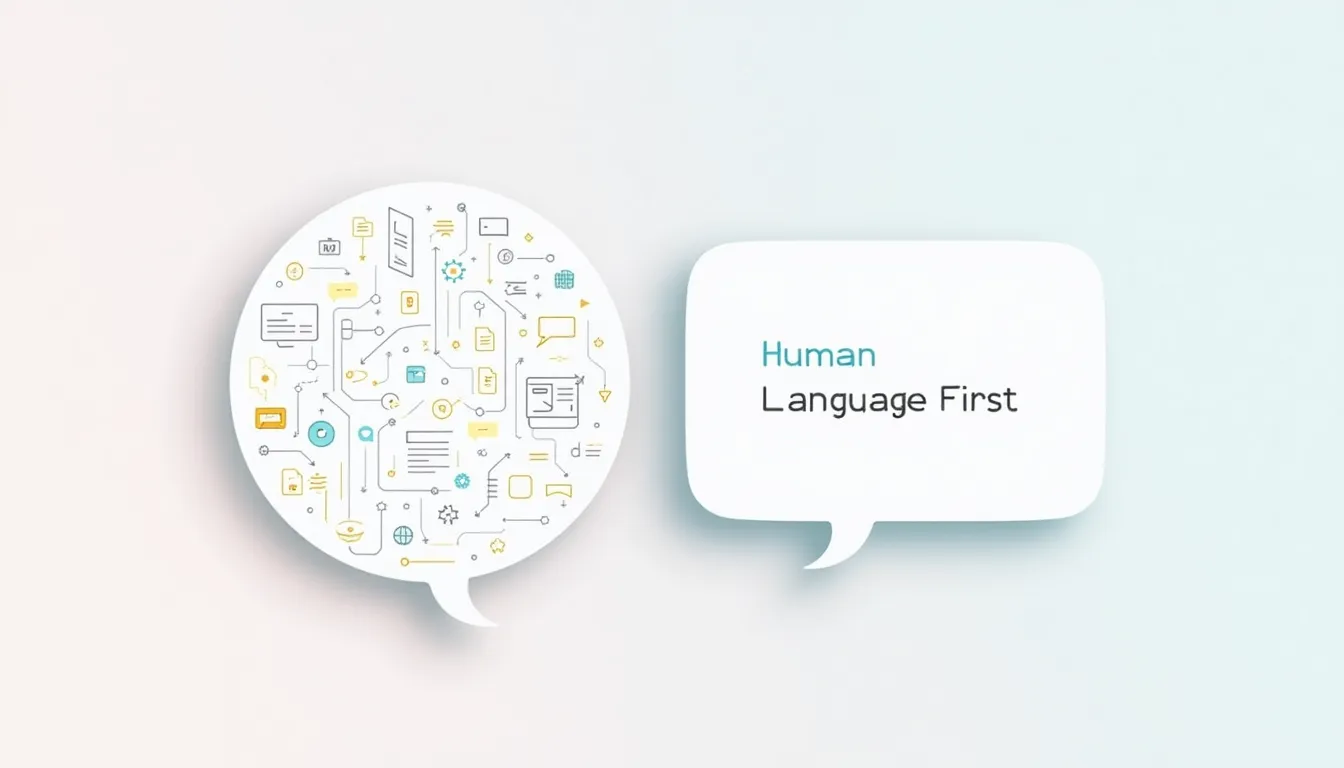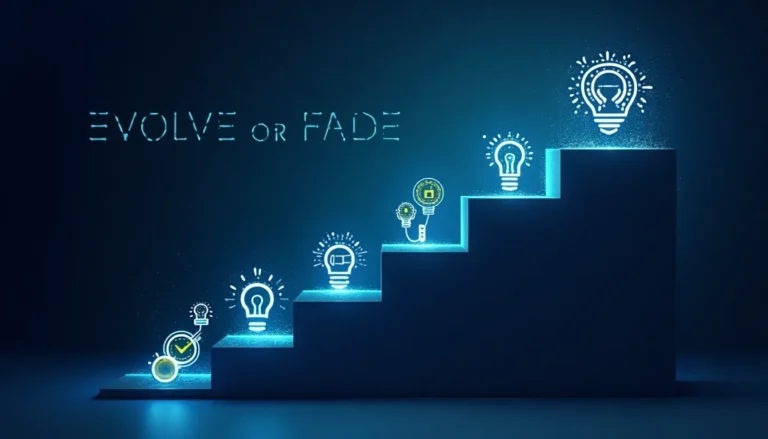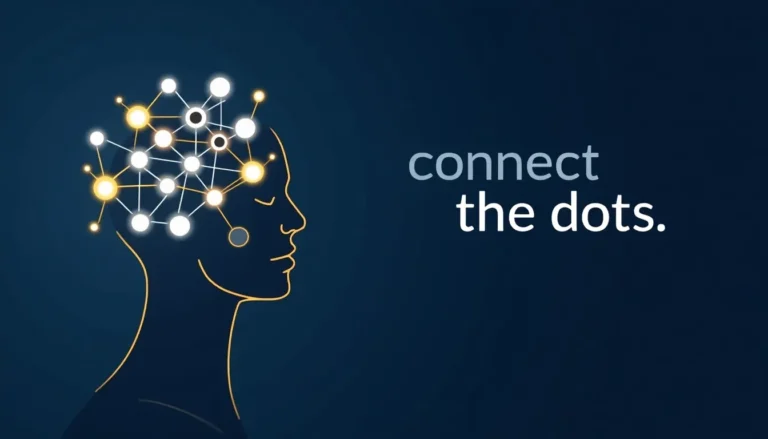Remember when you had to learn computer languages to talk to machines?
Those days are fading fast.
The new wave of AI doesn’t demand that you adapt to its syntax. It adapts to you.
This is revolutionary.
For the first time in computing history, the burden of translation has shifted from human to machine. ChatGPT, Claude, and their peers understand context, nuance, and even humor in plain language.
No more command lines.
No more rigid interfaces.
No more technical barriers.
This shift democratizes technology in unprecedented ways:
– A chef can describe their dream recipe app without knowing Python
– A teacher can create custom learning materials without coding
– A grandmother can organize her photos through conversation
But here’s what’s really interesting:
As AI becomes more fluent in human language, it’s not just making technology more accessible – it’s making it more human.
The implications are profound:
– Innovation becomes conversation-driven
– Technical skills become less critical than creative thinking
– The gap between imagination and implementation shrinks
This is the new interface of technology: natural, intuitive, and speaking your language.
The question isn’t whether you can learn to speak AI’s language anymore.
It’s what will you create now that AI speaks yours?



